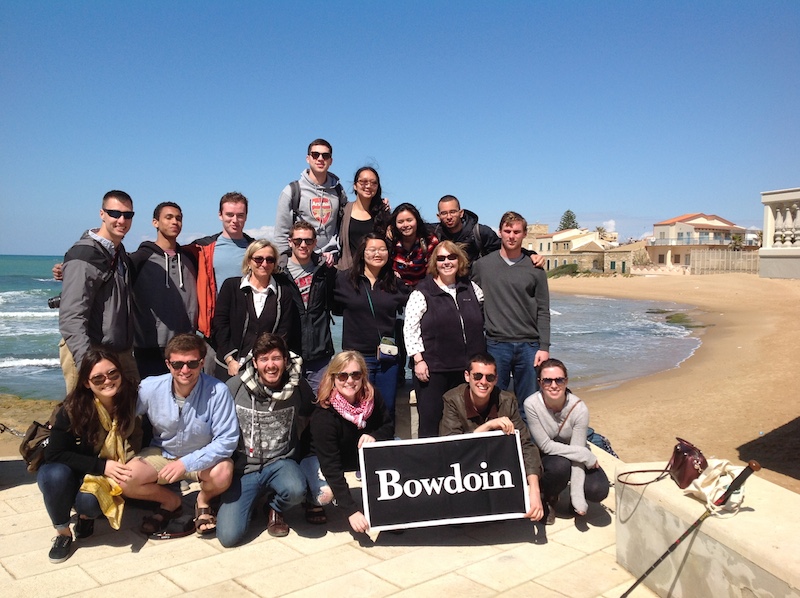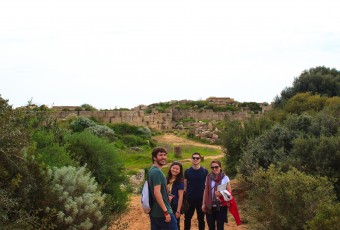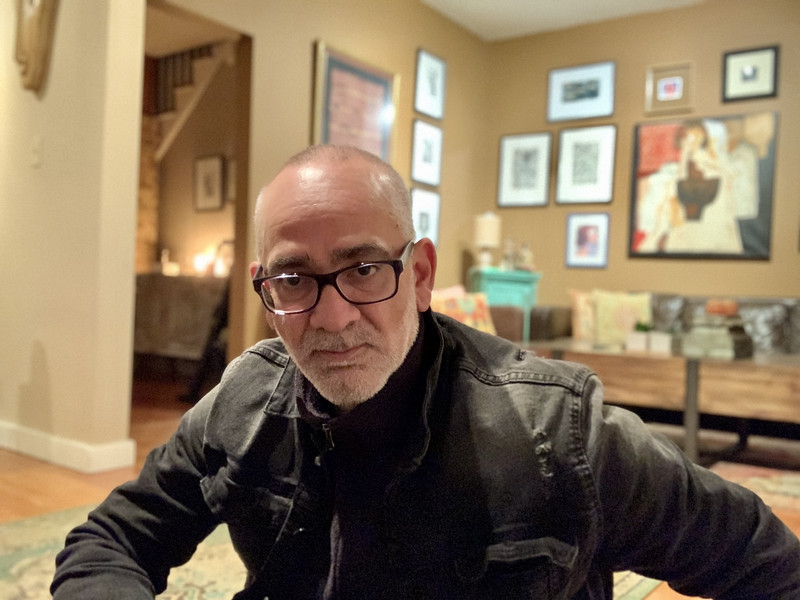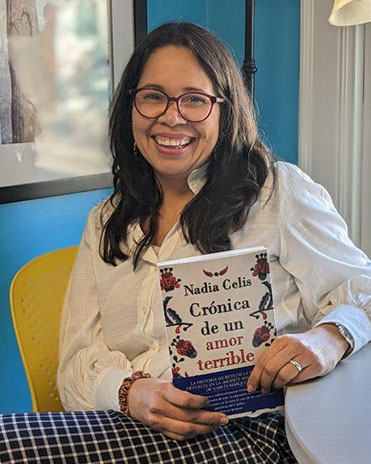From the Carthaginians to Don Corleone: Students Explore Sicily
By Rebecca Goldfine
As they traveled around Sicily for nine days in March, 16 Bowdoin students didn’t just visit ancient sites and majestic ruins. They spoke to shop owners about fending off the tyranny of the Mafia. They learned how to make marzipan, an Arabic dessert made from almonds. They took in a show performed by traditional Sicilian life-sized puppets.
“One of the things we wanted to do was transcend standard disciplinary boundaries,” said Barbara Weiden Boyd, Bowdoin’s Winkley Professor of Latin and Greek. “I wanted my students to stretch.” The trip touched on a bit of everything: the island’s history, religion, performing arts, art history, politics, sociology, literature and language.
The students have all posted to a collective blog of their travels, providing a mix of knowledgeable first-person accounts and impressionistic descriptions of their favorite sites.

Boyd and Senior Lecturer in Italian Davida Gavioli led the trip over spring break. The students who signed up for the excursion are taking either Boyd’s Latin class, Sicily in the Roman Imagination, or Gavioli’s Italian class, Of Gods, Dons, and Leopards: Literary Representations of Sicily between Reality and Metaphor. Both are literature classes. Although the group visited major tourist sites, they did some traveling off the beaten path to see sites important to local writers. “The Sicilian writers are so influenced by their land,” Gavioli said. “It was important for us to go to the places that inspired them.”
Before leaving for Sicily, the students researched topics and gave presentations to the others they would be traveling with. The subjects ranged from “Orientalist Representations of Southern Italy,” to “The Structure of Doric Temples.” Other topics included “Italian Verism and realism,” “Andrea Camilleri and the Commissario Montalbano’s novels,” “Archimedes,” and the “Carthaginian Presence in Sicily.”
Anna Bradley-Webb ’16, an Italian minor, said the trip was an “amazing way” to finish four years of study with the Italian department. “The trip gave us a chance to understand Sicilian culture in a much more tangible way than the classroom could—the juxtaposition of unspoiled landscapes and chaotic cities, the conflation of Greek, Arab, and Roman influence, and the underlying presence of the Mafia,” she recounted.
Adam Lamont ’16, a Classics and economics major, called the visit to Sicily a highlight of his time at Bowdoin. “The trip was a whirlwind of ten days filled almost completely with seeing Greek temples, Baroque churches, and the beautiful towns that are all over Sicily,” he wrote in an email. “The little downtime we had was spent eating amazing food and exploring on our own the details of each place we stayed.”
While the group investigated the ancient world, they integrated this exploration with an examination of modern-day Sicily. Boyd said she can recall the wonder she felt on her first trip to Sicily as a young classics student—how moved she was by being exposed to the “ancient world right next to the contemporary world, and everything in between.”
The group also did not shy from looking into the Mafia’s influence on Sicily. They took a tour in Palermo that focused on organized crime, and they spoke to members of a business coalition that has banded together to refuse to pay kickbacks to the Mafia. “We wanted the students on this trip to be aware that there is a strong anti-Mafia movement in Sicily,” Gavioli said.
Bradley-Webb said the Mafia tour “was especially poignant after our visit to the photography exhibit of Letizia Battaglia, a prominent Sicilian photographer whose work includes graphic images of the victims of Mafia violence. We were able to understand, through these experiences, the extent of the cost and the human toll of the Mafia on Sicily. ”
Lamont said his favorite point was climbing up the Roman theater at Segesta. “It was at the top of a hilltop, and from the seats of the theater we could look out to a plain and the Mediterranean sea. While we sat in the top seats, one of my classmates David Vargas recited lines from Cicero. His already deep and soothing voice was made even more amazing because of the acoustics of the theater, and I think everyone including me had goosebumps listening to it,” Lamont described.
Boyd said she hoped the interdisciplinary nature of their trip serves as a model for future study abroad expeditions from Bowdoin. She added that she and Gavioli had been dreaming of this trip for a while. “We have a deep and enduring love for Sicily, for Italian culture and Sicilian culture, that we’ve been carrying around with us for a long time,” she said. “It was an opportunity to share this with students.”
March 15-16, Erice
March 16-17, Agrigento and Porto Empedocle
March 17-18, Ragusa
March 18-20, Siracusa
March 20-21, Catania































